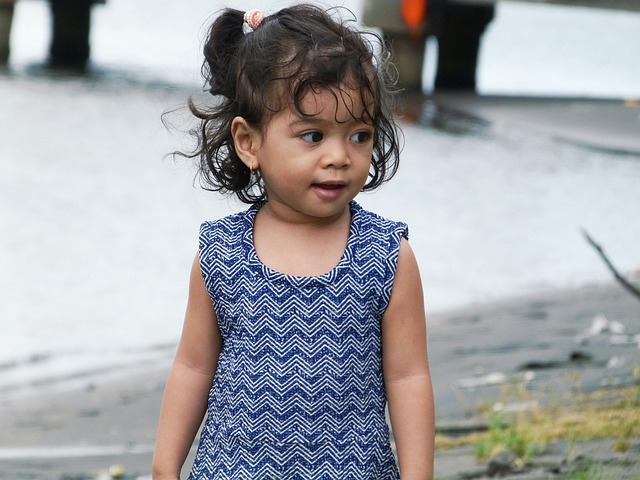Mastering Exposure: How to Capture Picture-Perfect Photos with Your Camera
Photography is more than just pointing a camera and pressing the shutter button. It’s an art form that requires an understanding of how light interacts with your optics to create an image that’s not just seen but felt. One of the most critical aspects of this process is mastering exposure—because a well-exposed photo is the foundation of truly breathtaking photography.
Understanding Exposure: The Key to Better Photos
Exposure determines how light or dark your photo appears. Perfect exposure reveals all the details of your subject without losing information in shadows or highlights. When you get exposure right, your photos instantly become better—not just clearer but more emotionally compelling.
Your camera’s exposure is influenced by three main elements: shutter speed, aperture, and ISO. Together, these create the exposure triangle:
- Shutter speed controls how long the camera’s sensor is exposed to light. Faster speeds freeze motion, while slower speeds allow more light but can introduce blur.
- Aperture affects how much light passes through your camera lens (optics) and also controls depth of field, giving your photos that blurred background effect or sharp focus across the frame.
- ISO determines the sensor’s sensitivity to light. Higher ISO settings help in low-light conditions but can add graininess to your images.
When You Shoot, Think Like a Photographer
Mastering exposure is really about communicating your vision through your camera. Whether you’re capturing the soft glow of golden hour or the stark contrasts of a bustling urban landscape, understanding how to adjust exposure helps you tell that story better.
Try experimenting with these tips:
- Use aperture creatively: To make your subject pop against a blurred background, choose a wider aperture (small f-number). For sharp landscapes, go for a narrow aperture (large f-number).
- Adjust shutter speed to freeze or blur motion: Slow shutter speed can create dramatic motion blur, while fast shutter speed captures crisp action.
- Control ISO carefully: Keep ISO as low as possible for the cleanest image, but don’t be afraid to increase it in dim conditions to maintain a balanced exposure.
Optics Matter: Know Your Lens
Your camera’s optics—the lenses—are the eyes of your camera. Different lenses affect how light is captured and can greatly influence your ability to achieve better exposure. Prime lenses with a wide maximum aperture allow more light, making them excellent for low-light photography. Zoom lenses offer versatility but may have smaller apertures, so compensating with shutter speed and ISO becomes important.
Boosting your photography skills isn’t just about better gear but better understanding how that gear responds to light. Spend time with your camera experimenting with exposure settings. This hands-on experience is invaluable for developing an intuitive sense of how to capture picture-perfect photos.
Final Thoughts on Exposure
At its core, photography is a balance of science and creativity. Mastering exposure transforms the way you see the world through your camera’s lens and empowers you to create images that resonate. So grab your camera, get comfortable with your optics, and start shooting with confidence—you’re on your way to better photography.



